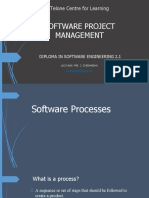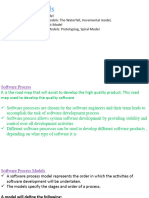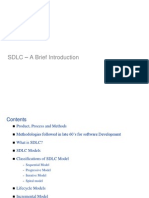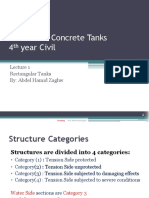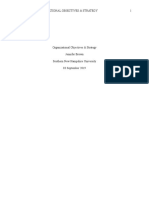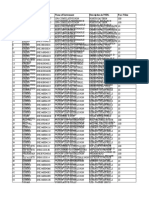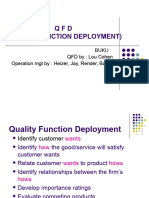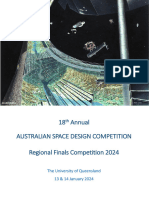0% found this document useful (0 votes)
47 views8 pagesWhat Is A Software Process Model
A software process model is an abstraction that outlines the stages, tasks, and sequence of activities in software development. Factors to consider when selecting a model include project requirements, size, complexity, customer involvement, and available resources. Popular models include Waterfall, V, Incremental, Iterative, RAD, and Spiral, each with distinct characteristics and suitability for different project types.
Uploaded by
cseboys2026Copyright
© © All Rights Reserved
We take content rights seriously. If you suspect this is your content, claim it here.
Available Formats
Download as DOCX, PDF, TXT or read online on Scribd
0% found this document useful (0 votes)
47 views8 pagesWhat Is A Software Process Model
A software process model is an abstraction that outlines the stages, tasks, and sequence of activities in software development. Factors to consider when selecting a model include project requirements, size, complexity, customer involvement, and available resources. Popular models include Waterfall, V, Incremental, Iterative, RAD, and Spiral, each with distinct characteristics and suitability for different project types.
Uploaded by
cseboys2026Copyright
© © All Rights Reserved
We take content rights seriously. If you suspect this is your content, claim it here.
Available Formats
Download as DOCX, PDF, TXT or read online on Scribd
/ 8









